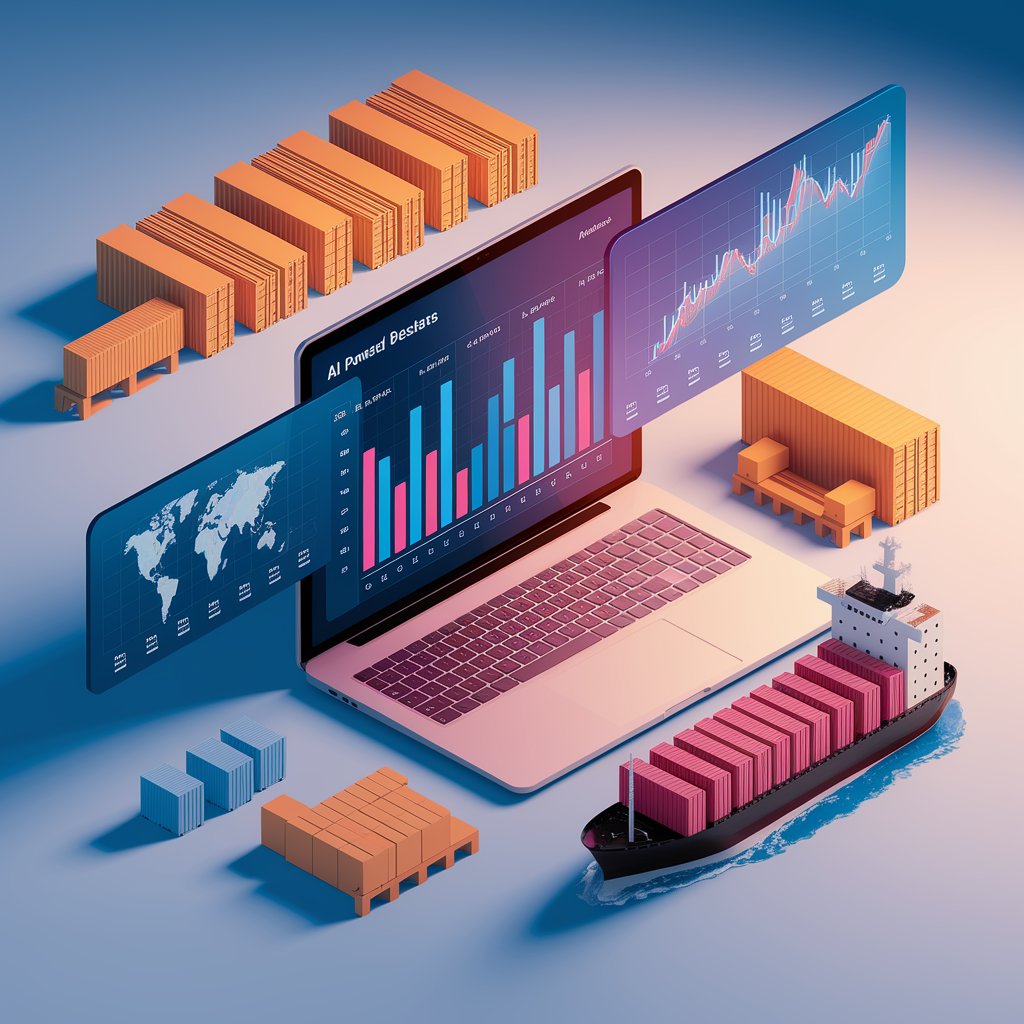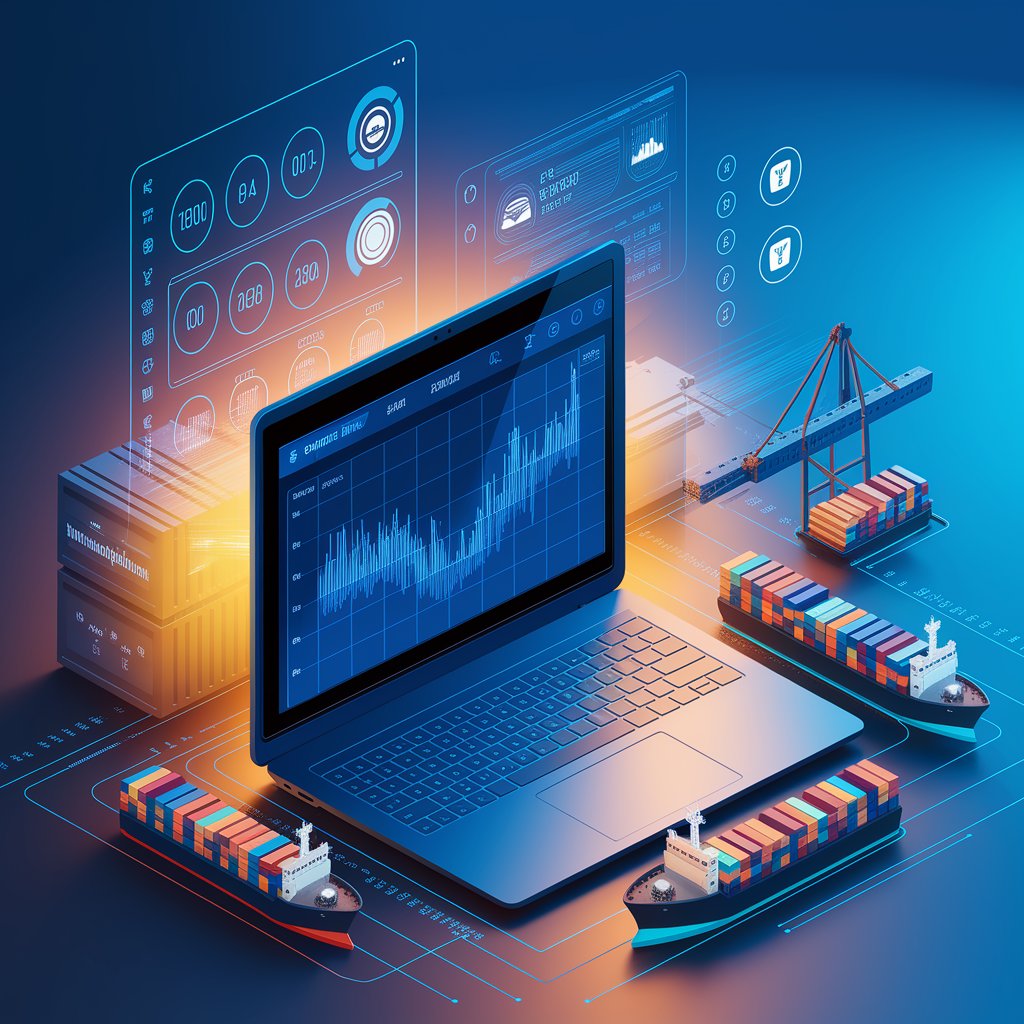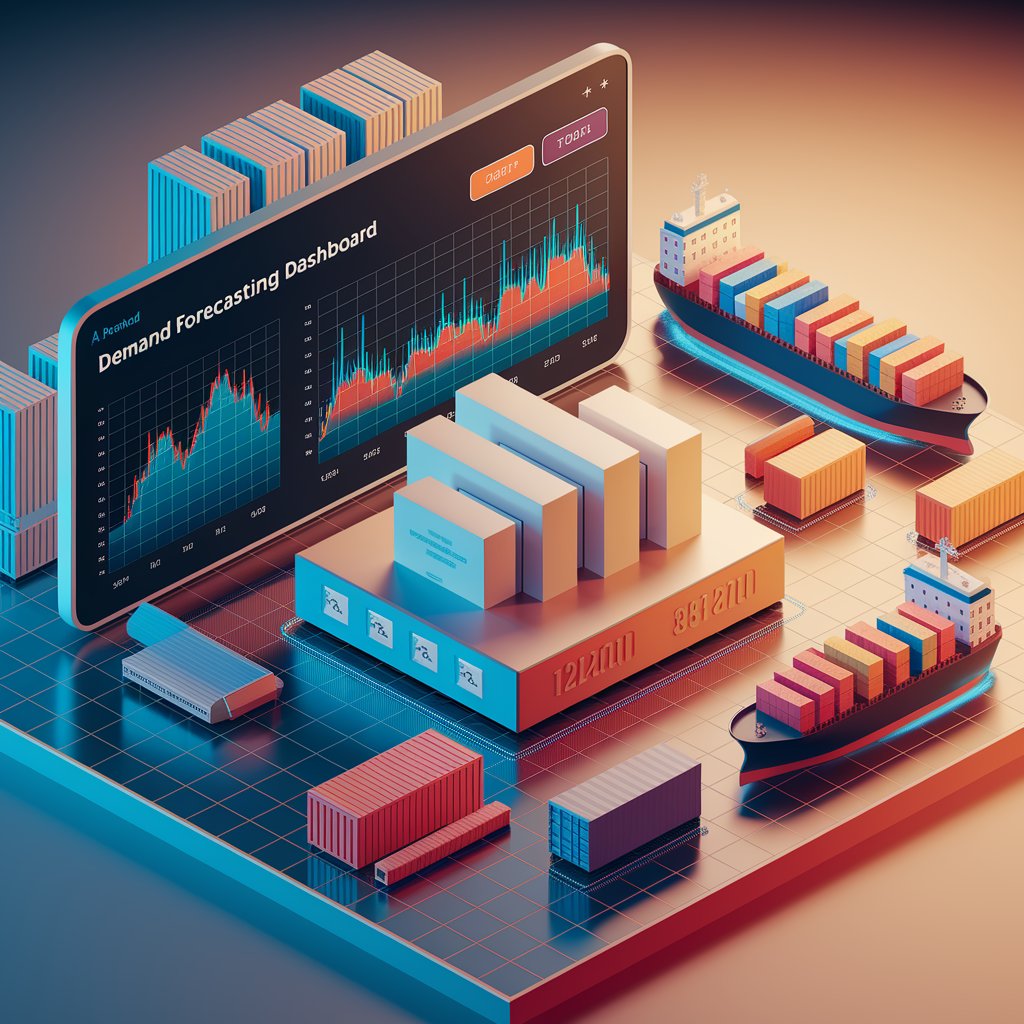AI Demand Forecasting: Smarter Planning for Smarter Logistics
In the logistics and freight industries, this technology is transforming how companies plan inventory, allocate resources, and optimize shipments.

🤖 How AI Demand Forecasting Works
AI models learn from:
- Past shipment and sales data
- Lead times and fulfillment performance
- External signals (holidays, promotions, macroeconomic trends)
- Real-time supplier and carrier conditions
Machine learning then detects patterns and anomalies to forecast:
- Product-level demand
- Geographic trends
- Warehouse stocking needs
- Transportation capacity requirements
The result? Smarter, faster, and more resilient supply chain planning.
🧠 Key Benefits of AI Demand Forecasting
Benefit | Impact on Logistics Operations |
📦 Better inventory planning | Reduce stockouts and overstock risks |
🚚 Smarter route scheduling | Anticipate high-volume shipping zones |
⏱️ Lower lead times | Improve forecasting accuracy = fewer delays |
📉 Cost savings | Less emergency freight or unused storage |
🔁 Adaptive supply chain | React in real-time to market changes |

📦 Use Case: AI Forecasting for Freight Forwarders
Company: OceanPath Logistics
Problem: Overcommitting space during low-demand periods
Solution: Integrated AI demand forecasting into booking system
Result:
- 21% reduction in unused TEUs
- 15% fewer urgent re-bookings
- Smoother carrier contract planning
📈 Best AI Demand Forecasting Tools for Logistics
Tool | Feature Highlight | Best For |
o9 Solutions | End-to-end AI supply chain planning | Large retailers & shippers |
ToolsGroup | Inventory optimization + demand sensing | Distributors and 3PLs |
Blue Yonder Luminate | AI forecasting + replenishment engine | Global freight and warehousing |
Linbis Forecast AI | Embedded demand + shipment prediction | Freight forwarders and brokers |
🔍 Linbis integrates AI demand forecasting directly into your freight workflows—helping you prepare for peak seasons, adjust capacity, and forecast by route.

🔍 Where AI Demand Forecasting Shines
- Port logistics: Plan berth allocation based on expected volume
- Freight forwarders: Quote based on predicted trends
- Retail logistics: Align shipments with promotional demand
- Air & ocean carriers: Match capacity with historical cycles
Warehousing: Anticipate replenishment timing and locations
🔮 What’s Next for AI Forecasting?
2025 and beyond will bring:
- Generative AI forecasts from unstructured datasets (emails, market reports)
- Demand twin models simulating end-to-end logistics flows
- AI that suggests carrier adjustments before demand spikes
- Hyperlocal forecasting for last-mile optimization
📢 In short, AI forecasting will shift logistics from reactive to strategic planning.

✅ Conclusion: Predict Smarter, Ship Smarter
If you want to compete in the age of volatility, AI demand forecasting is your secret weapon. Reduce surprises, optimize resources, and deliver more with less.
